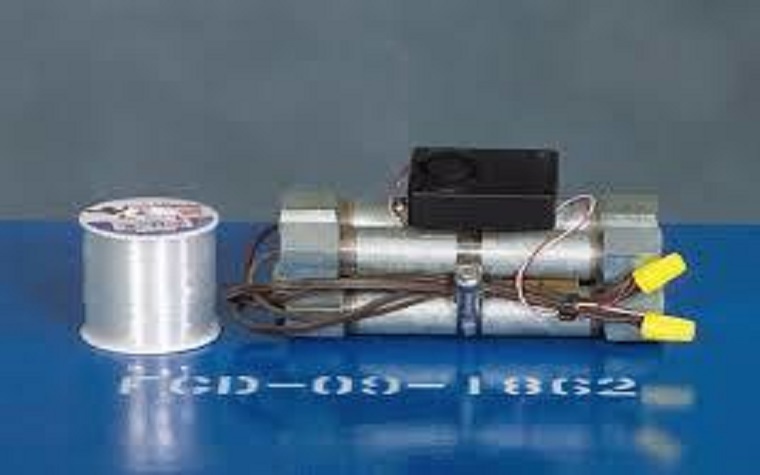Albuquerque businessman Robby Roberson has been on a mission to create technology that can detect hidden bombs on suicide bombers before they attack.
Co-founder of the New Mexico company R3 Technologies with his father, Coda Roberson, he has been striving to develop this technology for years. With the help of the New Mexico Small Business Assistance (NMSBA) program, R3 was introduced to engineers and scientists to help develop this crucial technology.
Suicide bombing rates have risen drastically in the past 35 years, killing roughly 50,000 people in 40 countries through 5,000 attacks between 1981 and 2015. In the 1980s, there were only three suicide bombings per year on average. By the 1990s, that rate grew to once a month. Between 2001 and 2003, the number had risen to one suicide bombing per week, and between 2003 and 2015, there was one per day. Despite the rise in suicide bombings, the technology to anticipate them and help thwart them has not kept up.
“The suicide bomber can walk into a crowded place unnoticed and inflict a horrifying amount of death and destruction,” Roberson said. “It’s very hard to stop. There was no technology to deal with it,” Roberson said.
The original technology was developed by another Albuquerque company in the early 2000s, a hand-held scanner, which soon proved to be greatly ineffective. The Robersons sought help from Sandia National Labs through the NMSBA, who connected it with APPI Inc.'s Manuel Rangel, McLemore Enterprises LLC radar scientist Don McLemore, Wind Mountain Research Associate's Lawrence Sher, and Indelible Enterprises' Julie Seton.
However, Sandia sensor expert J.R. Russell helped bring the company’s Concealed Bomb Detector, or CBD-1000, close to commercialization over the past two years. Russell has spent most of his time testing the detector and developing ways to decrease false-positive detections, while also directing its commercial prominence the last two years. With the help of Russell and engineers Matt Erden and Michael Bratton, Roberson's project was able to move from standard technology into more cutting-edge resources.
“When JR came onboard, we all took a hard look at what we had, what it did and how it worked. JR came at this problem from a different point of view. He wanted to know everything about it. He helped us realize we had to go in a completely different direction. We reverse-engineered the hardware and software. I can’t stress enough how important JR was.”
The CBD-1000 has more sensitive detectors than the current metal detectors found in airports, government buildings and at the borders, while also only as big as a cereal box. Weighing in at 13 pounds, it can take either batteries or electricity, has internal software, and sits on a tripod. The CBD-1000 utilizes X-band radar, capable of finding ball bearings, glass, rocks and many other shrapnel items in suicide vests, and uses the radar to ricochet a horizontal and vertical polarized signal back from the subject. Scanning a subject only takes roughly 1.3 seconds from as far as 9 feet. “If the person is not carrying a threat, the return signal is in the same polarity as when it was transmitted,” Roberson explained. “A threat will rotate the polarity of the signal, and it comes back differently.” Set-up time is only 15 minutes, and training to use the device only takes 30 minutes, even if the trainee isn't familiar with radar.
Countries like Pakistan, Afghanistan, Kuwait, Nigeria, Saudi Arabia and Singapore have already inquired about the patented radar, which costs roughly $50,000. Hundreds of units already have been created, and with their continued work with Sandia, they hope the technology will only continue to improve and thus be able to move to market. Russell said Sandia is more than happy to continue working with R3, as national security is of great importance to them. Russell said the partnership with R3 allowed for a collaboration in knowledge: “I get to see science through the eyes of business people, and I’ve learned things that will help me in my work.”
As the technology continues to improve, Sandia and R3 hope to be able to scan people from farther away while they are still moving, up to 100 feet. If the signal can be strengthened to greater than the surrounding noise, then people will not have to stop to be scanned. “These breakthroughs will enable new applications in security of the future and will increase the marketability and desirability in the field of the CBD-1000," Russell said.


 Alerts Sign-up
Alerts Sign-up